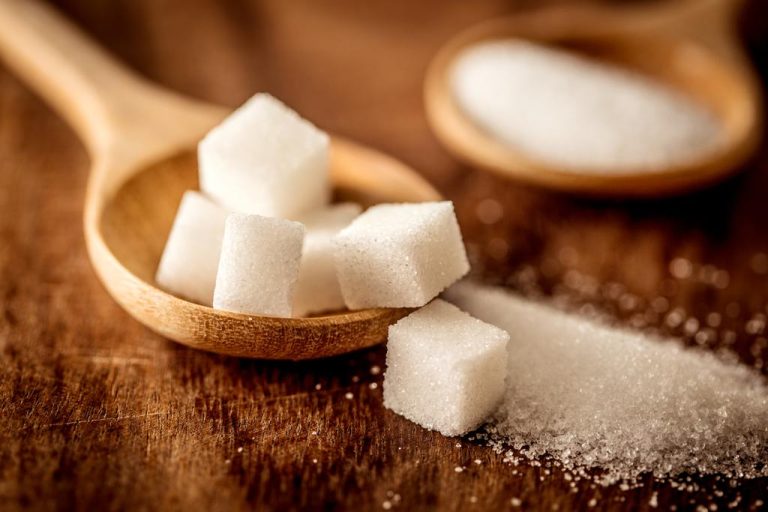Store-bought vegetable juices are super healthy. Indeed? Unfortunately, this is not always the case and it is worth taking a look at the nutritional value tables – especially with regard to the sugar content! Öko-Test tested various vegetable juices from the supermarket shelf – with interesting results.
The German Society for Nutrition (DGE) has been advising for several years that more vegetables and fruit should be included in the daily menu. It should be three servings of vegetables and two servings of fruit per day if possible.

In order to do something good for themselves every now and then, many people reach for fruit or vegetable juices. Per capita consumption is currently less than two liters per year, but the trend is rising sharply. This development is positive because vegetables and fruit provide the body with vitamins, roughage, minerals, and secondary plant substances. For example, the risk of cardiovascular disease can be reduced.
But are juices really a suitable substitute for freshly prepared vegetables and fruit? Nutrients are lost when the juice ingredients are processed. However, vegetable juices are mostly not-from-concentrate juices that are produced gently. However, the juices are pasteurized to preserve them, i.e. heated.
Therefore, especially heat-sensitive vitamins, especially vitamin C with about 50 to 70 percent, can be lost. Dietary fiber also largely disappears in the process. Potassium, on the other hand, is relatively insensitive to heat and beta-carotene becomes more readily available to humans.
Juices as a vegetable substitute?
Vegetable juices are therefore not a full substitute for daily vegetable portions – especially not in the store-bought version. Freshly prepared juices or smoothies, on the other hand, contain significantly more healthy ingredients. According to the DGE, a glass of vegetable or fruit juice can replace one of the five servings of fruit and vegetables from time to time.
But here, too, it is important to check the sugar content more closely. Most people now know that too much sugar is not exactly healthy, but can even be harmful. Some juices are additionally sweetened, about which the nutritional value table provides information at the latest.
Sugar in vegetable juices
All juices tested by Ökotest are free of pesticide residues, most of them achieve an overall rating of “good”, some even “very good”. However, some juices are surprisingly sweet – some vegetable juices contain up to 100 grams of sugar and thus almost reach the sugar content of fruit juices. However, the sugar content depends heavily on the type of vegetable: beetroot juice has the most sugar, and sauerkraut juice has the least.
Such high values are also often the result of the fact that vegetable juices can be sweetened. However, since the desire for a healthy diet is often behind the consumption of vegetable juices, the additional sweetness should be viewed critically.
The test winners

A total of 20 vegetable juices were tested – pure juices made from carrots, beetroot, and sauerkraut from supermarkets, organic shops, and discounters. Three of the juices scored “very good” overall.
On average, the products cost 1 euro per pack and scored best in terms of ingredients. Only the carrot juice has a fairly high sugar content, which is still low compared to other juices tested. These are the top 3 rankings:
- Jacoby organic sauerkraut juice, fermented with lactic acid, with sea salt, 1.19 euros per pack
- K-Bio carrot juice, Kaufland, 0.59 euros per pack
- Voelkel sauerkraut juice, with sea salt, Demeter, 1.59 euros per pack
Beetroot juices should also not be drunk too often, as they are often contaminated with nitrate.




















